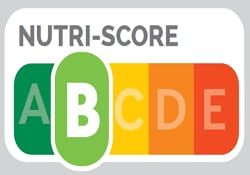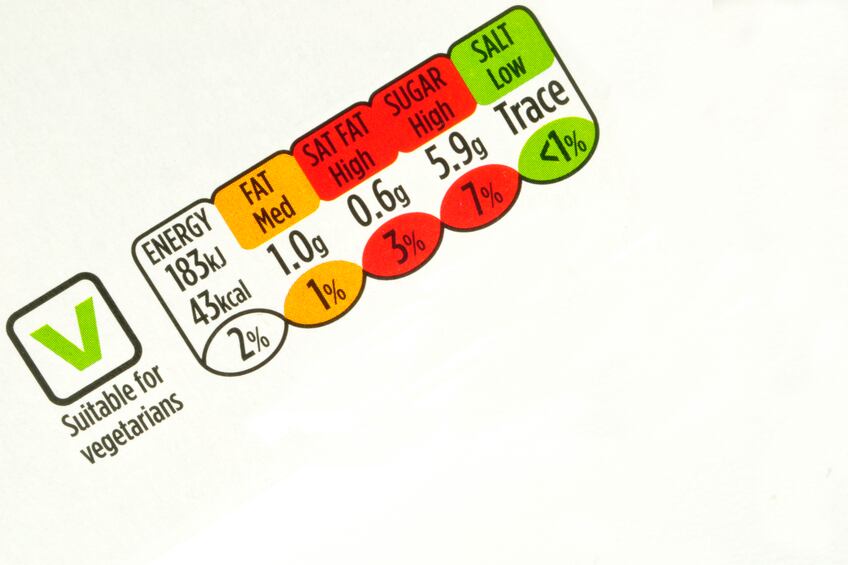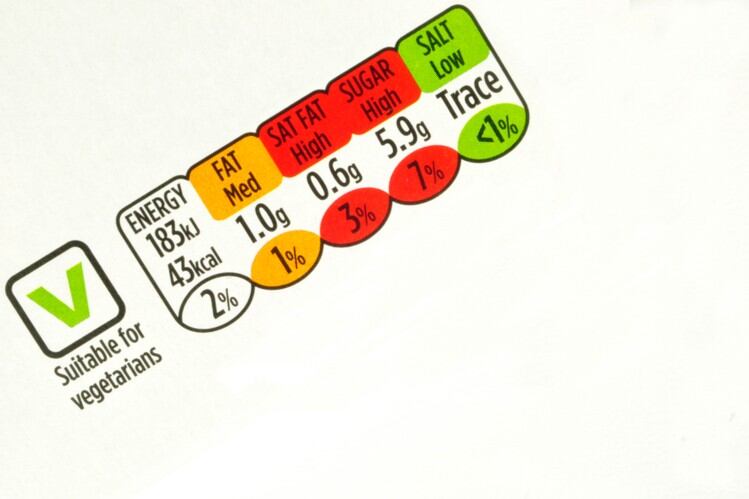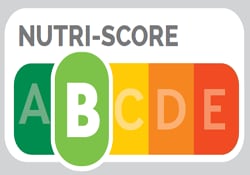PepsiCo said that this announcement reaffirms its commitment to provide European consumers with “important and understandable” information to help them make informed choices based on nutrient levels and the overall energy content of food and beverage products.
The ENL scheme, a front-of-pack colour-coded nutrition logo, was developed by food and beverage companies including Coca-Cola Company, Mondelez, Nestlé, PepsiCo and Unilever. However, it drew strong criticism from public health campaigners and other stakeholders for providing nutrition information per portion rather than per 100 g, leaving the door open to potentially misleading colour codes.
For instance, Ferrero's chocolate and hazelnut-based spread Nutella, for instance, contains 90% sugar and fat but, under the ENL logo, had no red light.
The initiative suffered its first blow in March this year when Mars pulled out on grounds it lacked “credibility and consensus”.
Last week, Nestlé said it is ceasing involvement in the ENL, while the four remaining companies – Unilever, Mondelez, PepsiCo and Coca-Cola – put trials "on hold". The ENL companies said that the lack of EU-defined portion sizes had led to “insufficient understanding and support” of the scheme.
‘We want to press on’
Despite the difficulties faced by the ENL, Silviu Popovici, PepsiCo’s regional president, said that the company wanted to “press on” with providing consumers with “detailed nutritional information” about the food and beverages they ear. Hence the decision to introduce traffic light labelling as an alternative.
“We have decided to expand the use of a scheme that is already well received in the UK and Ireland, and which bases the colour coding on the nutrient values per 100g/ml rather than by portion size. We believe this scheme will help consumers in other markets in Europe to decipher nutritional information easily and comprehensively," he explained.
Traffic lights versus NutriScore
PepsiCo decided to opt for the traffic light labels rather than the NutriScore system, which has been adopted in France, Belgium and Spain.

NutriScore ranks foods from -15 for the 'healthiest' products to +40 for those that are 'less healthy'. On the basis of this score, the product receives a letter with a corresponding colour code: from dark green (A) to dark red (F).
The algorithm on which the score is calculated takes into account both positive and negative elements. The content of sugars, saturated fatty acids, salt and calories have a negative influence on the score, while the presence of fruits, vegetables, fibre or protein have a positive impact.
However, PepsiCo’s senior EU public affairs director Paul Skehan said that NutriScore was “less transparent” than traffic light labelling.
“The traffic light scheme, already operating in the UK and Ireland, provides information on a product’s total energy content and key nutrients such as sugar, salt or fats. This is important because it can help consumers make the right choices about what they eat and drink, based on their own particular health and lifestyle needs. We believe that the aggregate marking approach of NutriScore is too simplistic and does not provide consumers with the clarity they are looking for when making choices around the food and beverages they eat and drink,” he told FoodNavigator.
Calls for an EU-wide approach
PepsiCo stressed that it would like to see the development of an EU-wide front-of-pack labelling scheme.
Popovici said that the company is open to sharing learnings from the trial to support this EU-led process. “In the meantime, we invite other companies operating in the European market also to use this well-established traffic light model, to help build broad consumer awareness about the scheme.”
Skehan added: “We remain committed to supporting an EU-led approach that ultimately results in a single, EU-wide scheme that is transparent and clear for consumers to help them make informed choices. We would like the “traffic light” scheme, deployed on a wider scale across the EU, to be included in the assessment by the European Commission of different schemes on the marketplace.”
He stressed that a pan-European scheme would be of benefit to both consumers and industry. “A single EU-wide nutritional information scheme will mitigate the risk of multiple different schemes in EU markets, which could lead to confusion with consumers and would be inefficient for any food and drink company operating across Europe.”




